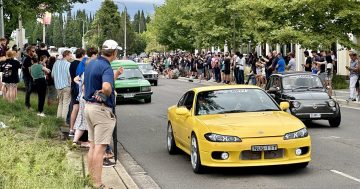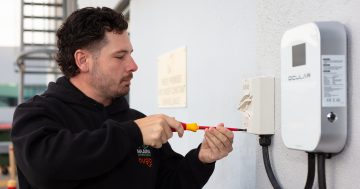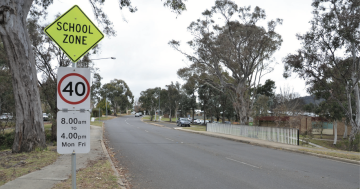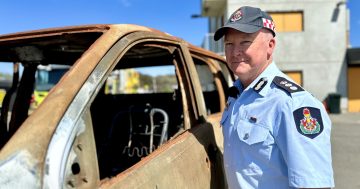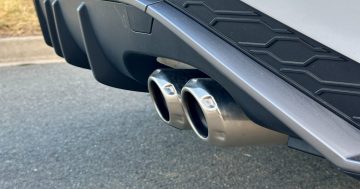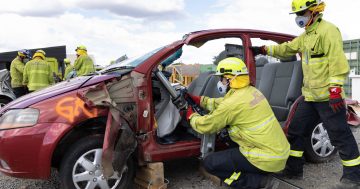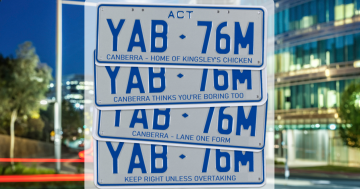
The Summernats City Cruise brings out pimped rides from Canberra and beyond. Photo: Peter Norton.
Cars used to be for driving. But in the six weeks since Canberrans were told to stay home, cars are now for gathering dust in the garage.
This might mean there is less money pouring into the fuel tank and clinking into the parking meter, but those of us who love nothing more than the chance to get into our pride and joy and roar off into the sunset don’t care about either of those things.
The COVID-19 lockdown has left local motoring enthusiasts with three options: drive the car to the shops for milk, wash the car, or tinker with the car.
By this stage, we have already completed the first two several times and found there’s still plenty of time leftover for the third.
Which means now is the perfect time to talk about the light-vehicle modification rules in the ACT. There might never have been a better time to do some ‘mods’, but get them wrong and you won’t be driving for another reason.
If police catch you with an illegally modified car, you’ll be issued with a defect notice. Ignore this and your registration will be cancelled. Your insurance policy may also be worth nothing if you’re involved in an accident in a car with illegal modifications.
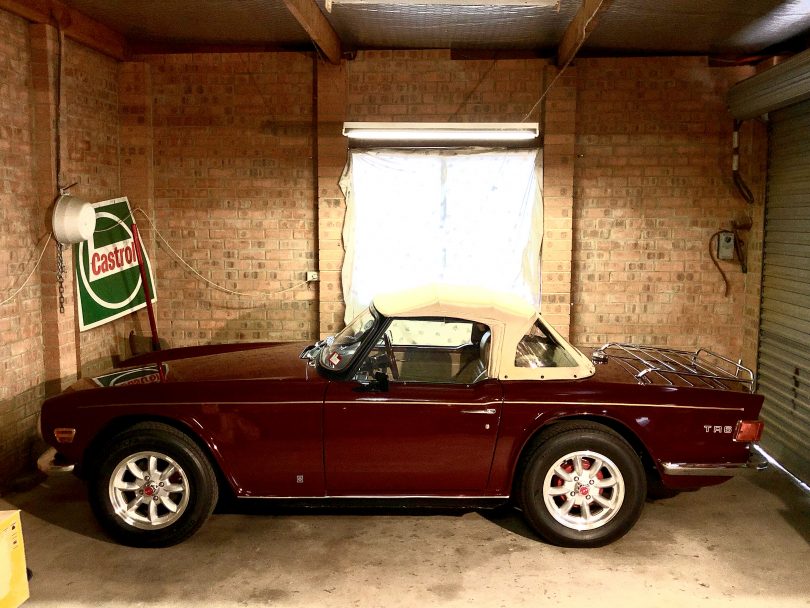
Lockdown life for many cars at the moment. Photo: James Coleman.
The first thing many petrolheads do upon purchase of a new car is post pictures of it on social media with the caption, “Hey bros, thoughts on my new whip? Thinking of slamming it and adding 50-inch wheels.”
It turns out both are no-nos.
There must be no fewer than 100mm between the ground and the lowest point of the car’s body. This includes any added front, rear or side skirts.
Wheels and tyres are not allowed to stick out past the body of the car. The total rolling diameter also shouldn’t deviate much from the original measurement.
For instance, if you upsize your rims from 18 inches to 19 inches, the sidewall of the tyre will need to shrink by approximately one inch to compensate.
This is because the diameter of your wheels plays a crucial role in ensuring the accuracy of your speedometer. Do the maths wrong and you’ll either annoy other drivers behind you or keep getting speeding tickets in the mail.
Exhaust noise is where the maths gets even trickier. Cars built after 1983 must not exceed the magic number of 90 decibels – about the same as a lawn mower. There is a very precise way of measuring this so if you do make any changes to the exhaust system, have the noise level checked by a licenced muffler repairer.
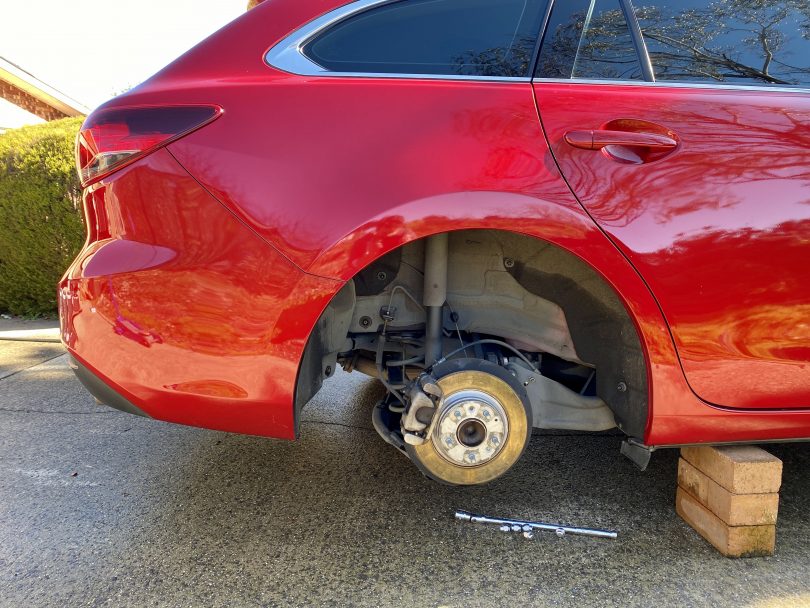
Keep your wits about you while doing mods as they can quickly go wrong. Photo: James Coleman.
Also be careful not to interfere with any emission control devices in the process because then you’ll be guilty of breaching environmental rules. This includes removing the particulate filters in diesel engines. You don’t want to end up like Volkswagen.
For people who like to pick their nose at traffic lights without fear of judgement from other drivers, there are also rules on window tinting.
The percentage of light coming through is measured in luminous transmittance (LT). The driver and front passenger side windows must have an LT figure of no less than 35 per cent, with the other windows at 20 per cent. No tint is allowed on the lower part of the windscreen.
Spoilers and wings must be within the body shape or outline of the mounting surface, with a minimum thickness of 4mm and free of sharp edges. Bonnet scoops are allowed, but there are a whole host of stipulations.
Driving lights and brackets must not protrude forward from the front face of any bumper, or above the top of any bull bar.
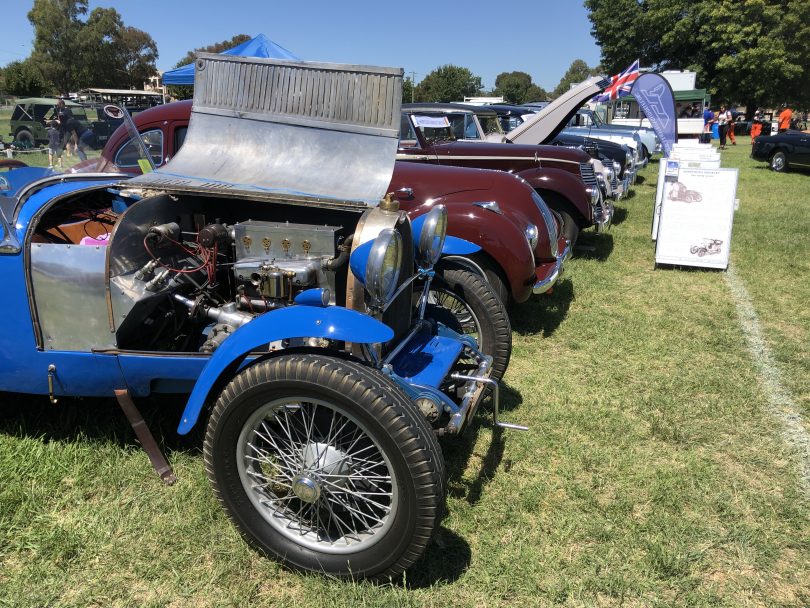
Cars made before 1983 are not allowed to be any louder than 100 decibels. Photo: James Coleman.
Additional TV screens and the like can be fitted inside, but the image can’t be visible from the driver’s seat.
While all of these modifications are going on, don’t think you can just pop wheels or old exhaust systems into the back seat. Unsecured bulky luggage is illegal as it can quickly turn into a lethal projectile in an accident.
There are ways of going further with your modifications, but the safest option is to consult a licenced engineer for these. Companies such as AKZ Vehicle Engineering in Queanbeyan, or Canberra Automotive Engineering Services in Mitchell, can work with you every step of the way so it will be a smooth journey when it comes time for approval.
Consult the full and detailed list of light vehicle modification rules at Access Canberra.












